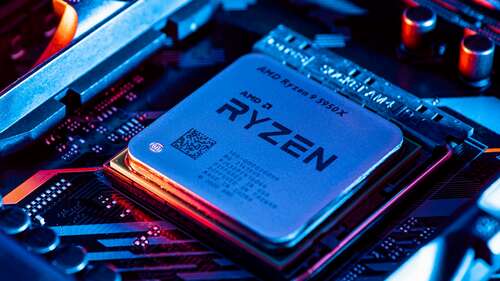
Once you have carried out all of the tests and checks, it is time to begin increasing the clock speeds of your components. Depending on the make and model of your computer, as well as the manufacturer of your various components, the process can be a little different. However, there is a basic procedure that largely remains the same regardless. First, you’ll need to enter the BIOS where all of the different system settings can be changed.
This will require you to restart the PC, then press either Delete, F2, or F10 when the computer is starting up. The exact button you need will likely be displayed during the restart process, prompting you to press it to enter the setup mode. Once in the BIOS, you’ll have access to various menus, with the appropriate ones usually named “OC,” “Overclocking,” or “Advanced.”
From here, users want to focus on just a few options. The multiplier is the most important as this is what changes the base block speed. Gradually increasing the multiplier is the best option and then you can restart your PC and test whether it is stable and has seen any improvements. You can then increase the voltage (Vcore) of the CPU or GPU to help with stability, starting at 1.25V and increasing in small increments of between 0.01V and 0.05V.

